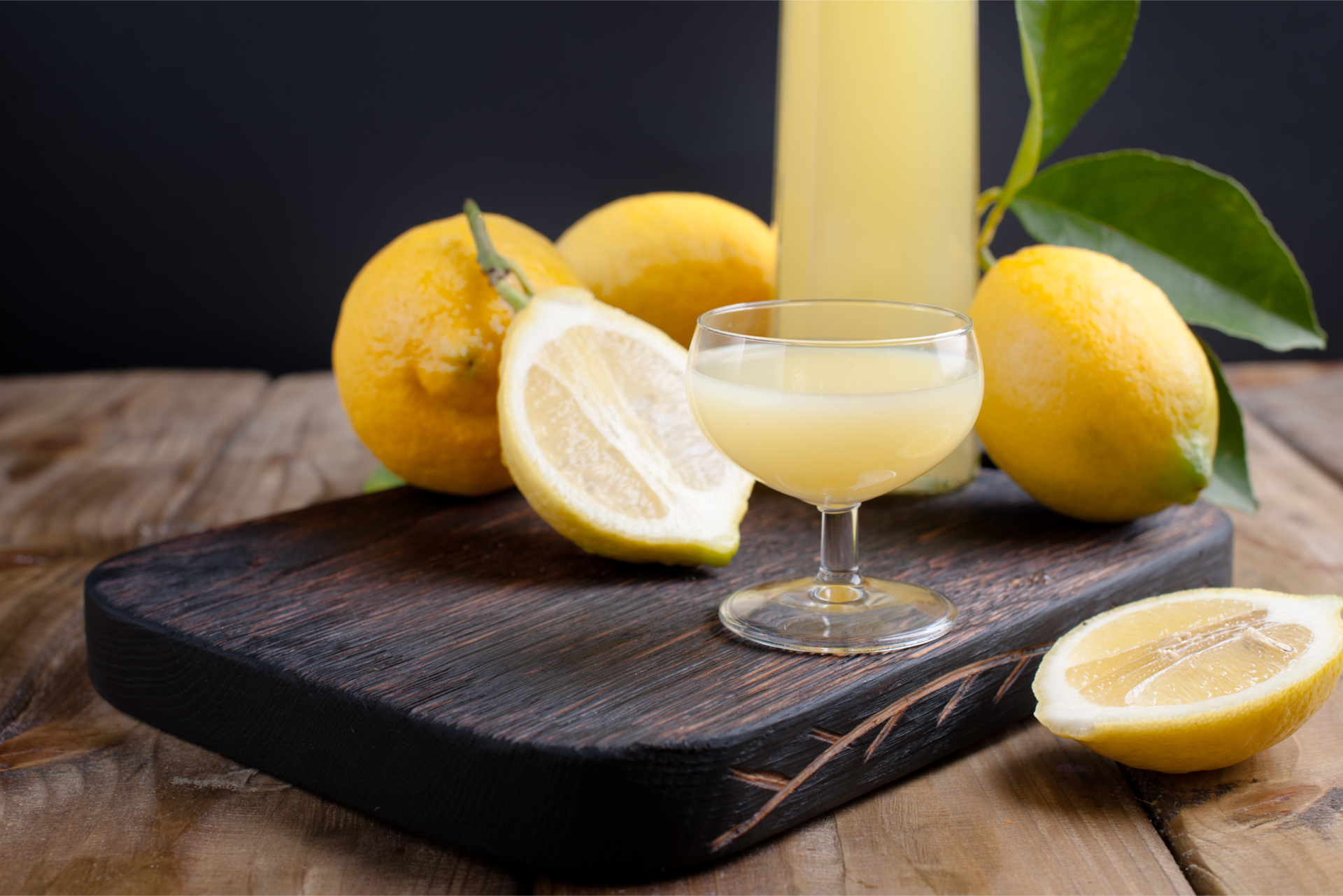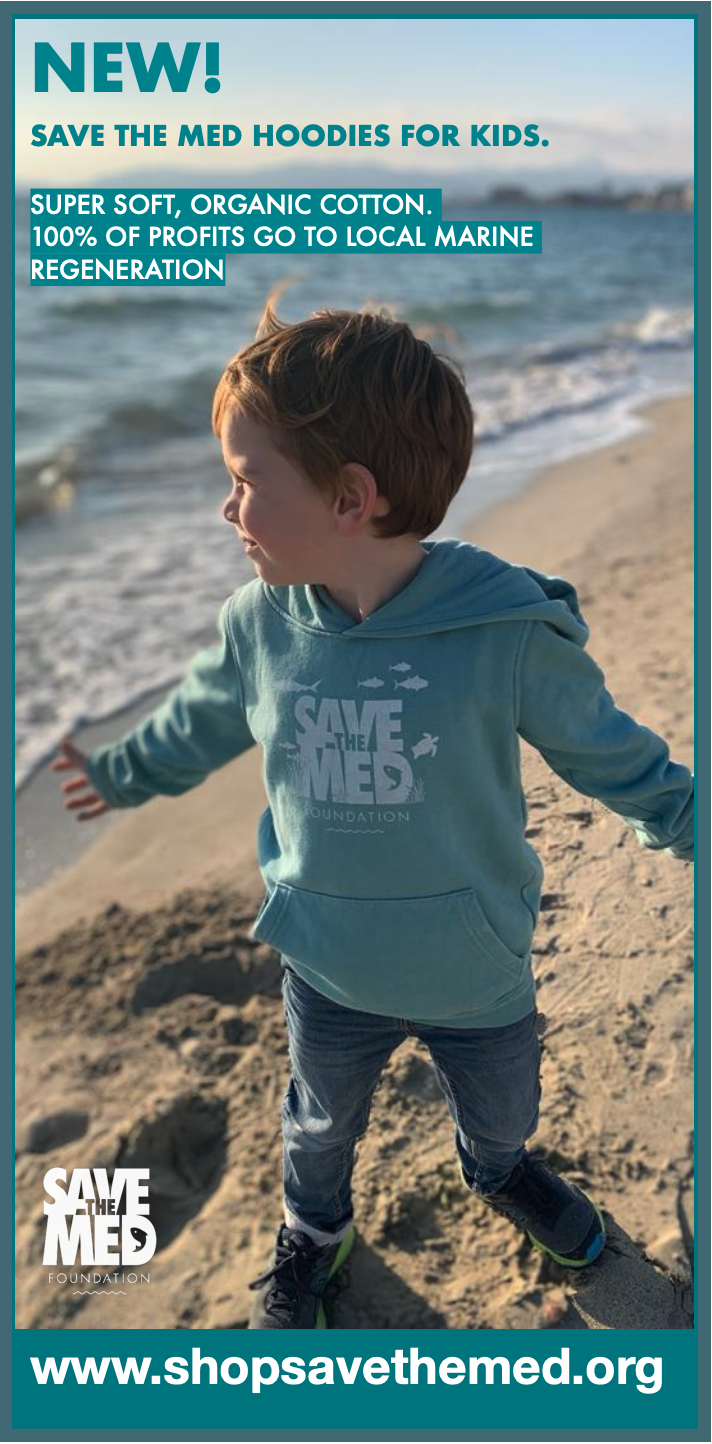Roses and violets from summer gardens, sun-drenched Sicilian lemons squeezed of their juice and mingled with juniper from the frozen north. Saffron threads and gold leaf from the Indies waited to be turned into something magical. And contained deep within all of this was a smile that flooded him with warmth, a pair of blue eyes, and the scent of chocolate... ― Laura Madeleine, The Confectioner's Tale
Around Easter, every year millions of snails (the lovely looking ones with the little houses) swarm out across the Island as fast as their slimy trails allow, with murder in their eyes. Their favourite prey seems to be my lovely blue irises that come into flower around that time of year. And the ferocious little buggers know no mercy.
So, every year in spring I have a group of five snail-hunting friends from Germany coming over to Mallorca to help me save both the lilies and the health of my back. They are keen gardeners and when they leave after a week, my land – normally a jumble of wild meadows and almond trees - looks almost like a well-groomed park.
Big question: What do you serve these friends as an after-dinner drink after a hard day's work? They deserve the best! They need vitamin C (to combat the scurvy, as one of them pointed out with a hangdog look). The answer is: LIMONCELLO!
· Start preparation in JANUARY or FEBRUARY when lemons are at their best. Using a potato peeler, thinly peel the lemons in long strips (reserve the fruit for other uses) making sure it has as little of the white pith as possible. Put the peel and lemon tree leaves in a glass jar and cover with the alcohol.
· Wrap the jar in a cloth and store in a cool, dark place. Let it rest for at least 6 to 8 weeks.
· When the big day of Limoncello making has (finally!) come, take out the jar, and pour the contents through a strainer. The liquid should now have a rich yellow colour and a lovely lemon fragrance, whereas the peels look a bit like skeletons of their former selves – bleached and hard and brittle and ready for the bin. So, just discard them.
· Using a pan big enough to hold 1.5 to 2 litres, bring the water and sugar to a boil and stir until all sugar is dissolved. This is your syrup. Let it cool down to room temperature.
· Pour the alcohol into a big glass bowl, add the syrup and watch the miracle happen: As by magic, the clear liquid turns a beautiful milky yellow. Enjoy the wow effect!
· Fill your Limoncello in dark glass bottles and store in a cool, dark place.
· Keep one of those bottles in the fridge. Limoncello must be served cold!
· 12 lemons
· 2 lemon tree leaves
· 1 litre of pure alcohol (Buy the one suitable for human consumption as sold, for instance, at your local pharmacy. Rubbing alcohol might be much cheaper, but it's bitter and won't do!)
· 1.5 to 2 litres of water
· 400 grs of white sugar
Affordable Mallorca Tip: I love my Limoncello extra-cold, so I arrange the number of shot glasses needed for an evening with my friends in a plastic box (of just the right size for the glasses to stay upright), fill them with Limoncello and put them in the freezer overnight. The liquid half freezes, so I serve with little spoons – the perfect fusion of dessert and after-dinner drink! Oh, and by the way: Apparently, Limoncello does help combat the scurvy as none of us has shown any of its symptoms yet.
Sorry, although I use lemons from my own Mallorquín garden, the recipe itself is not from here. It's a secret I wheedled out from a true Sicilian Mama. Thank you, Fortunata!
Por Ulla Rahn-Huber
18 febrero, 2021












